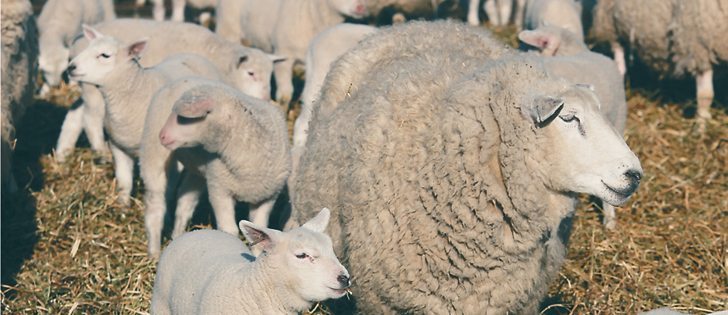Sungold Specialty Meats | The company plans to market as much of the lamb carcass as possible, including ears for pet food
EDMONTON — Lamb processor Sungold Specialty Meats is looking for ways to sell everything but the bleat.
Western Canada’s only federally inspected lamb plant is renovating its operation, including a $3 million investment in a new kill floor with support from the Alberta Livestock and Meat Agency.
Plans are also in the works to open a 50,000 head feedlot, said chief executive officer Dwayne Beaton.
The plant opened near Innisfail, Alta., as a producer co-operative in 1974. It has gone through a series of owners and permutations with the newest shareholders coming from the beef sector with no experience in the lamb business.
Read Also

Animal protection delivery to change in Saskatchewan
The Saskatchewan government is looking for a new agency to handle animal welfare after Animal Protection Services of Saskatchewan decided not to renew its contract next year.
“None of our shareholders had lamb experience and none had experience as a processor or a meat marketer,” Beaton said at ALMA’s annual held in Edmonton June 17.
The plant could handle cattle and other large animals, but the owners decided to focus entirely on lamb and derive as much value from every carcass as possible.
Equipment to wash out stomachs, other offal, legs and heads has also been installed. Rather than sending those products for rendering, they now have market value.
For example, ears can be sold as pet food and mutton can be processed into treats for lions and tigers living in zoos. Lambskins can be sold to paint brush manufacturers.
The plant is also halal certified, and those customers often look for products beyond lamb chops.
Sungold has pledged to provide differentiated products, whether it is for the Muslim market, organic or food service.
“If the consumer and the customer wants it, we need to explore and see if it is possible, and if it is, do it,” he said.
The plant slaughtered 50,000 head in 2011 and hopes to double production by 2015.
However, the competition for live lambs is critical so that customers are guaranteed a steady supply year round.
Lamb products are available at Canadian food service and grocery stores, but Sungold is not involved in many offshore markets.
“Our market access is critical,” Beaton said.
“Currently, we are not in most Asian countries. It is still a hangover from BSE, and the lamb industry doesn’t have the attention the beef industry does.”
Entering the Asian market could potentially earn more value per carcass because certain products could be sold that North Americans aren’t interested in buying.
The company is also working with researcher Manual Juárez of Agriculture Canada in Lacombe, Alta., to develop a better grading system. A major concern with Canadian lamb is lack of carcass consistency.
The Agriculture Canada system uses dual Energy X-ray absorptiometry and near infrared reflectance spectroscopy scans to provide quick and accurate assessments for quality and age of the lamb.
This information could go back to producers so that they can improve breeding programs to develop better, more consistent carcasses and im-prove demand for the home-grown product.
















